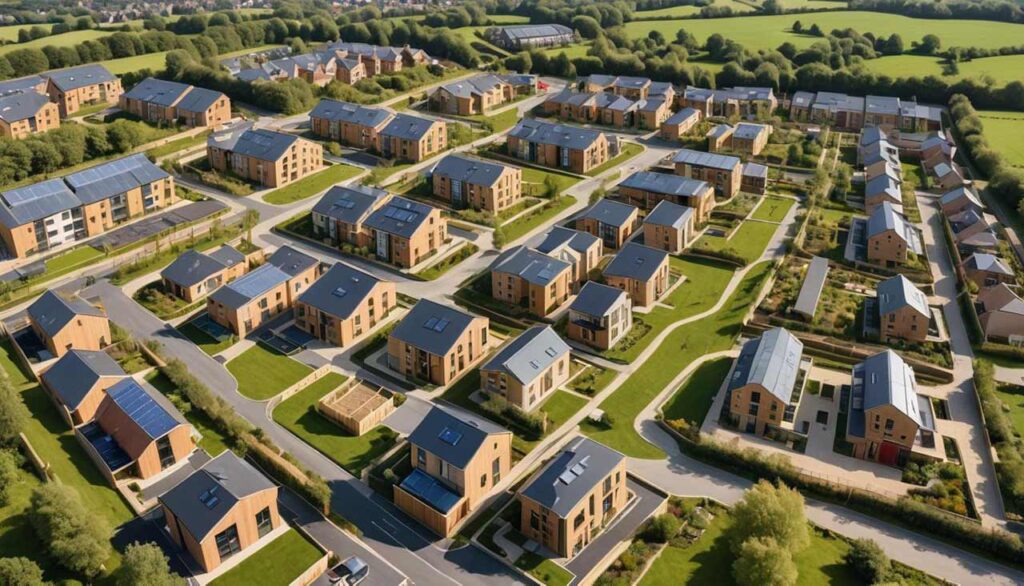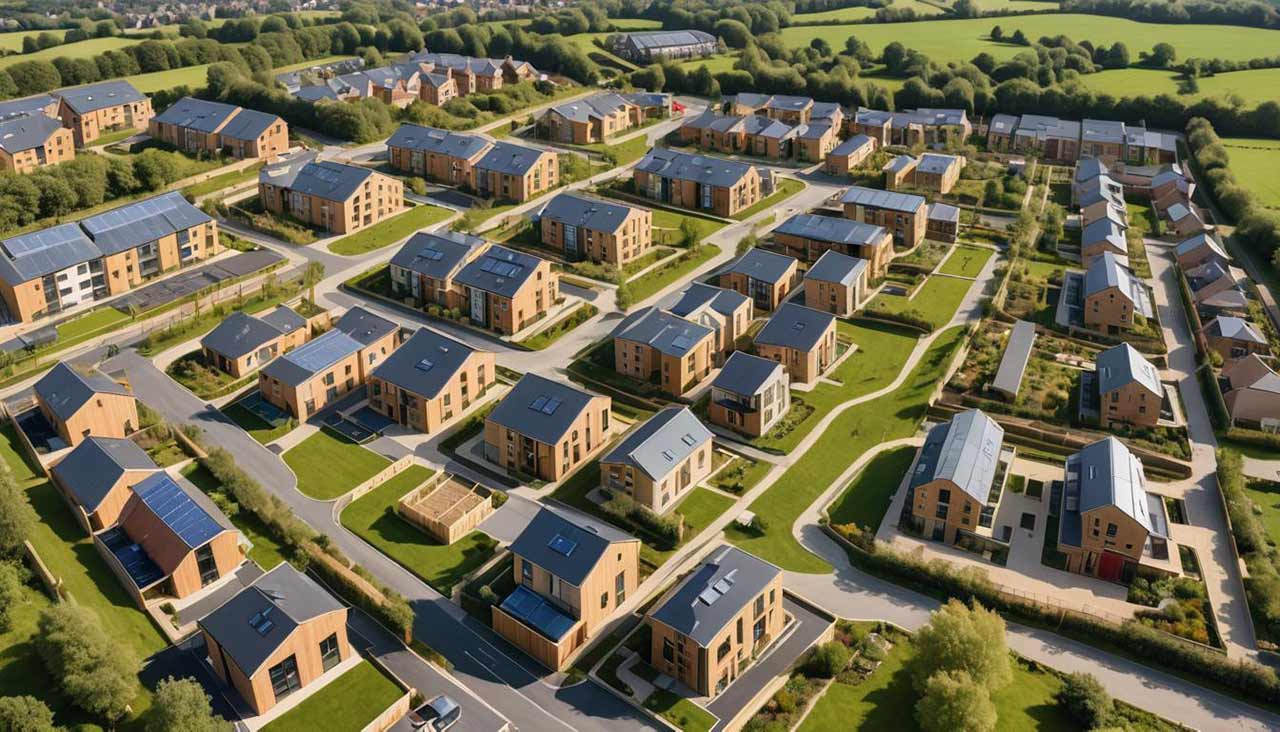The UK government has announced a £3 billion investment to increase the availability of affordable housing. This significant funding will facilitate the construction of 20,000 new homes, addressing the ongoing housing crisis and making homeownership more accessible. This initiative is part of the broader Affordable Homes Programme 2021-2026, which focuses on delivering quality, sustainable, and affordable housing across the UK.

Key Features of the Affordable Housing Initiative:
- Government Commitment: The investment underscores the government’s commitment to addressing the housing shortage and ensuring that affordable homes are available to a wider population. Housing Secretary Michael Gove highlighted that this initiative is a critical step towards reducing homelessness and providing secure living conditions for many families.
- Focus on Sustainability: The new homes will be built with sustainability in mind, incorporating eco-friendly materials and energy-efficient designs to reduce the environmental impact and utility costs for residents. The initiative aims to align with the UK’s climate goals, ensuring that the new housing stock contributes positively to environmental targets.
- Support for Homeownership: By increasing the stock of affordable housing, the government aims to make homeownership more attainable for first-time buyers and those currently renting. Various schemes will be introduced, including shared ownership and rent-to-buy options, to cater to different financial capabilities and provide flexible pathways to owning a home.
- Case Studies and Success Stories: Previous affordable housing projects have seen success in various regions. For instance, the “Affordable Housing Scheme” in Manchester provided over 1,000 homes and received positive feedback from residents, who appreciated the quality and affordability of the housing. Another notable example is the London Affordable Homes Programme, which delivered over 5,000 new homes, significantly reducing waiting times for housing.
- Eligibility Criteria: The programme will have clear eligibility criteria to ensure that those in genuine need of affordable housing can benefit. This includes income thresholds and prioritising certain groups, such as key workers and low-income families. The criteria are designed to ensure fair access and to help those who are most in need of affordable housing solutions.
- Community Impact: The construction of new homes will not only provide affordable housing but also create jobs and stimulate local economies. The initiative is expected to have a positive ripple effect, enhancing community wellbeing and stability. Local businesses are anticipated to benefit from increased demand for goods and services, and new infrastructure projects are likely to follow.
Benefits of the Programme:
- Economic Stimulus: The £3 billion investment is expected to generate significant economic activity. Construction projects will create numerous jobs, from on-site construction roles to support positions in planning, design, and administration.
- Reduction in Homelessness: By providing more affordable housing options, the initiative aims to reduce the number of people experiencing homelessness. It will offer secure, long-term housing solutions for those at risk of losing their homes.
- Improved Quality of Life: Access to affordable housing can greatly improve the quality of life for individuals and families. Stable housing is linked to better health outcomes, improved educational attainment for children, and increased economic opportunities.
Challenges and Future Prospects:
While the initiative is a positive step, challenges remain in ensuring that all the new homes are delivered on time and within budget. There are also concerns about the long-term sustainability of funding and whether additional measures will be needed to address ongoing housing shortages. The government has pledged to monitor the programme closely and make adjustments as necessary to meet the evolving needs of the population.
References:
- UK Government Affordable Homes Programme 2021-2026: Affordable Homes Programme
- Planning, Building & Construction Today: PBC Today News


